I am running a LAMP stack on CentOS with Drupal 6 and the latest Services module. Over HTTP the REST server I have running works fine and behaves as expected.
When I installed an SSL certificate I forced all port 80 traffic to 443 (SSL). This worked fine for Drupal but has caused the REST server to return no data. Naturally I have removed the force SSL and allowed both HTTP and HTTPS for the time being.
I am testing via Fiddler, which when used to access the endpoint over HTTP, returns the expected data. Testing over HTTPS I receive no data. Do I need to make a configuration change to the REST server (i.e. I missed something in the documentation).
Thanks in advance for any support!
EDIT
To show the difference clearly, I made an anonymous POST request to the end point (it could have been a GET request the end point has no real methods but thus returns a message to let us know it is still there). I get the success message that the end point is running over HTTP. HTTPS however returns no data at all. I have shown this in the images below.
HTTP

HTTPS

.conf SSL Rule These lines are no longer in use but are here to illustrate what I was doing.
#RewriteCond %{SERVER_PORT} !^443$
#RewriteRule ^(.*)$ https://%{SERVER_NAME}%{REQUEST_URI} [L,R]
Edit2:
I found something related in my Drupal Forums search http://drupal.org/node/704308